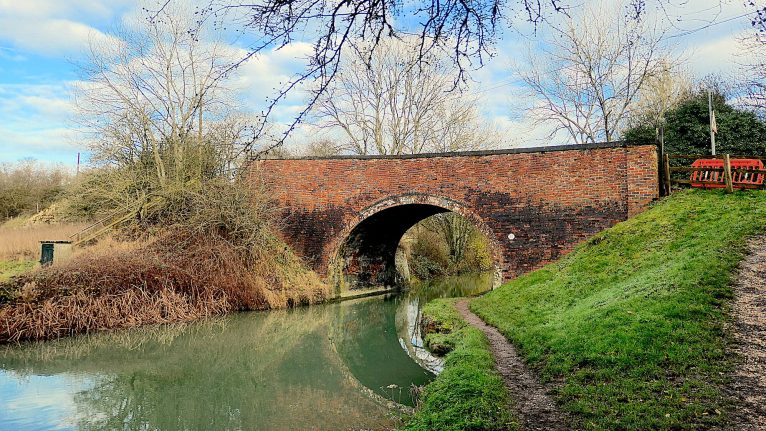With dramatic images of submerged houses and floating cars circulating on social media, the impact of such rain is clear. What can we do about it?
Why is the UK flooding so much?
In 2007, record-breaking rainfall deluged England and Wales, overwhelming rivers and drainage systems.
“That was the one of the first times that we saw rainfall of the kind of magnitude that we’re seeing on a regular basis now,” said Throup. “When you go through that, you think, ‘Well, you know, you ain’t going to see another one of those in your in your career.’ But then over the course of the next 10 years, they just accelerated. We’ve had seven or eight similar floods since then.”
The culprit is, of course, climate change. For every degree that the atmosphere warms, it can hold around 7% more moisture.
“Water is heavy stuff – and gravity is king. So that extra moisture will eventually fall out as rain, and it’s going to fall out in much greater quantities,” Throup explained.
Rainfall events exceeding 20mm per hour are expected to be four times as frequent by the 2070s compared to 1980s, the Met Office has estimated. Events will tend to “cluster”, a spokesperson told the Big Issue earlier this year.
Advertising helps fund Big Issue’s mission to end poverty
Meanwhile, the land is far less capable of absorbing rain than it used to be. Britain has lost 90% of its wetlands over the past 500 years. These “natural sponges” once soaked up intense downfalls – but most of Britain’s soil is now “extremely hard”.
“On some places, you’ve had tarmacking over floodplains, building developments, that sort of thing. But more significantly, agriculture has meant the mass draining of land, which leads to harder soil. So the rain just runs off the top,” Throup explained.
Intense downpours atop hardened land lead to flash flooding, overwhelming flood defences and drainage systems. On the coast, these risks are exacerbated by rising sea levels.
Communities in certain areas may have to permanently relocate.
“We’re already there. In parts of the east coast of England the official policy in some areas is effectively abandonment,” Throup said.
“There are communities along rivers where I am, where if the floods get bigger and start overwhelming flood defences on a regular basis, who’s going to want to live there? Who’s going to afford to live there? Who’s going to insure people to live there?
Advertising helps fund Big Issue’s mission to end poverty
“That’s the path we’re on, without doubt. That’s why we need to get ahead of the curve.”
How can we stop the flooding?
Traditional flood defence infrastructure – like levees, flood walls and dams – are a critical line of protection against the threat of severe flooding.
But these defences can only go so far. According to research released last year, more than 4,000 of England’s vital flood defences are so damaged they are basically useless.
It will require a broader reimagining of land use, Throup said.
“Flood defences are essential, but they’re breaking, being breached by half a meter. There is no way we are going to engineer our way out of this,” he said.
“Flood defences have to be combined with land use change. Not just tinkering around the edges – it’s going to have to change dramatically. We need far more government intervention to encourage landowners and farmers to improve soil structure, for example.”
Advertising helps fund Big Issue’s mission to end poverty
There are various agricultural solutions that can stop soil from hardening. Planting cover crops, rather than leaving fields bare over winter, for example, or planting deep-rooted species. Agroforestry – which involves incorporating trees and shrubs into farms – and improved drainage systems can also help.
But these sorts of changes “will require large amounts of public money”, Throup insists. “We have to give landowners fair recompense,” he added.
“I fear that the traction for it will only happen when we get a truly catastrophic flood, which unfortunately probably isn’t far from happening.”
Do you have a story to tell or opinions to share about this? Get in touch and tell us more. Big Issue exists to give homeless and marginalised people the opportunity to earn an income. To support our work buy a copy of the magazine or get the app from the App Store or Google Play.









